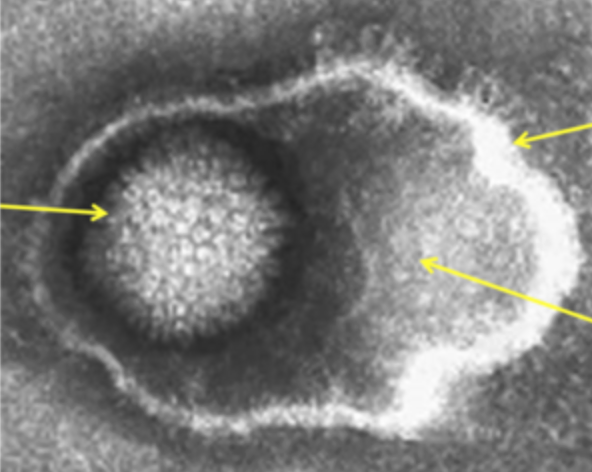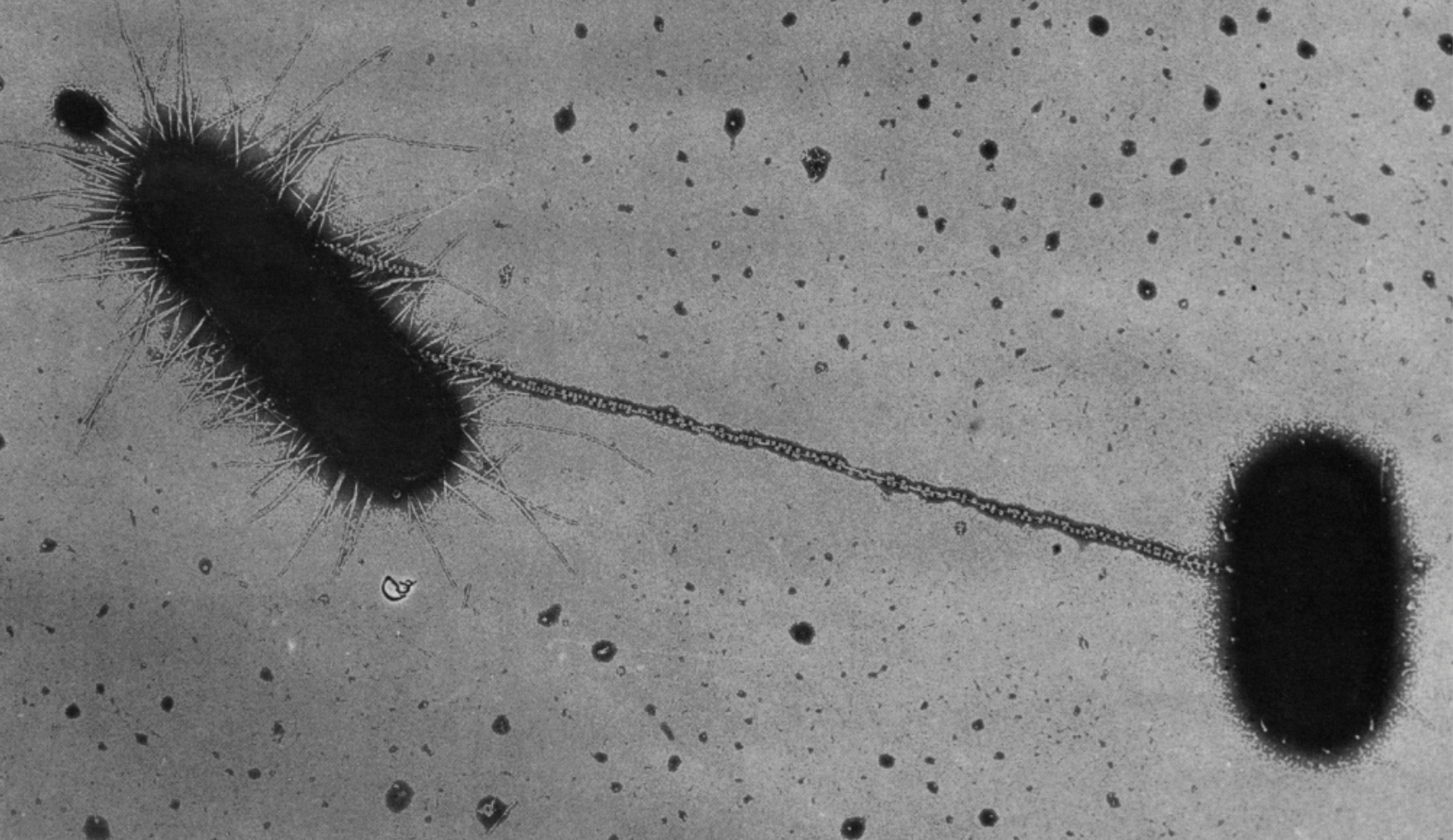a virus, upon entering the host cell, will replicate in the nucleus. What type of virus is this and why does it need to replicate in the nucleus?
DNA virus; host cell DNA polymerase is found in the nucleus.
a virus is attempting to convert its RNA into DNA, but cannot do so because of which antiviral drug?
reverse-transcriptase inhibitor
you find an organism one day that has direct access to sunlight, but it doesn’t look like a plant. After doing some research, you discover that this organism gets its carbon source from decaying organic matter.
photoheterotroph
A deep-sea carnivorous fish eats other small creatures and obtains its energy and carbon from the organic matter of its prey.
chemoheterotroph
you are deep sea diving and come across an interesting relationship. A ramora uses its suction cup to catch a ride on a shark and eat its leftover food, while the shark is not necessarily affected by the ramora. What type of symbiotic relationship is this?
commensalism
which viral hypothesis best represents the idea that viruses existed before all life as self-replicating entities
virus first
true or false: attenuated vaccines are killed using heat or chemicals
false: attenuated is a modified live virus
you observe some interesting organisms that are thriving in an extremely sugary solution. What are these organisms called?
osmophiles
psychrophiles
you are observing an organism called Amoeba proteus in a fresh water marine habitat. What subgroup and supergroup does it belong to? What does its pseudopodia look like?
gymnamoebas; amoebozoans, fat pseudopodia
put the steps to viral infection in order:
1. virus uses host ribosomes to translate mRNA
2. virus attaches spike proteins to host cell receptors
3. viral progeny lyse the cell and escape
4. viral genome gets injected into host cell
5. viral proteins assemble to form viral progeny
6. virus uses host machinery to replicate/transcribe its genome
2, 4, 6, 1, 5, 3
Which pair correctly matches a virus type with its infection pattern?
a. Influenza – Chronic infection
b. Herpes simplex – Intermittent infection
c. HPV – Asymptomatic infection
d. Human herpesvirus 6 – Acute infection
b
a bacteriophage accidentally repackages certain DNA from bacteria A and goes onto inject it into bacteria B. Is the bacteriophage repackaging and injecting its own viral DNA? What type of horizontal gene transfer is this?
no, it's repackaging and injecting the DNA from bacteria A; transduction
true or false: binary fission does not allow for genetic diversity among daughter cells
true, binary fission produces genetically identical daughter cells
you are taking a nighttime helicopter tour over the beaches of Puerto Rico and notice the water glowing blue. Upon closer look, you see that the water contains microorganisms with bioluminescent properties. What is...
1. the name of the protist
2. the subgroup it belongs to
3. the supergroup it belongs to
4. the shape of the protist
1. Pfiesteria
2. dinoflagellates
3. alveolates
4. sac-like (looks like alveoli in lungs!)
a virus-infected host cell experiences environmental stress. What life cycle is the virus currently in, and what life cycle will it enter after the stressful trigger?
lysogenic; lytic
How does a retrovirus contribute to cancer development?
it inserts into an oncogene or DNA repair gene, disrupting regulation of host cell growth.

animal cell because it is enveloped
what is the name and purpose of this structure in between the bacteria?
conjugation bridge/pilus; allows transfer of genetic material
you are a researcher observing an organism in a supergroup that seems to have a sac-like structure. This organism has little finger-like projections called cilia. Name the...
1. name of the organism
2. the supergroup it belongs to
3. the subgroup it belongs to
4. purpose of its cilia
1. Paramecium
2. alveolates
3. ciliates
4. feeding and locomotion
Hepatitis C virus and HPV are what type of animal viruses?
oncogenic
why do mRNA vaccines only code for the viral spike proteins?
spike protein is what the virus uses to enter the host cell, thus making it recognizable by host immune system without having to introduce the whole virus.
you are observing an organism in a petri dish that has a cell membrane that has unbranched hydrocarbons. You cannot tell if it has a nucleus or not, but you can see that its DNA is not circular. You treat it with antibiotics, but they don't have an effect on this organism. What domain is this organism?
eukarya
a patient comes into your clinic with a bacterial infection. You prescribe them penicillin and it seems to reduce the infection. What type of bacteria was causing the infection, and what color will it stain under the microscope?
gram positive; purple
a 25 year old female presents to the emergency room infected with a human vaginal parasite. Upon closer look of the organism, you realize that it is a type of protist with a groove, but its mitochondria looks a little different. Name the...
1. name of the protist
2. the supergroup it belongs to
3. the subgroup it belongs to
4. how its mitochondria will look like
5. the type of respiration it does
1. Trichomonas vaginalis
2. excavata
3. parabasilids
4. reduced mitochondria
5. anaerobic respiration
